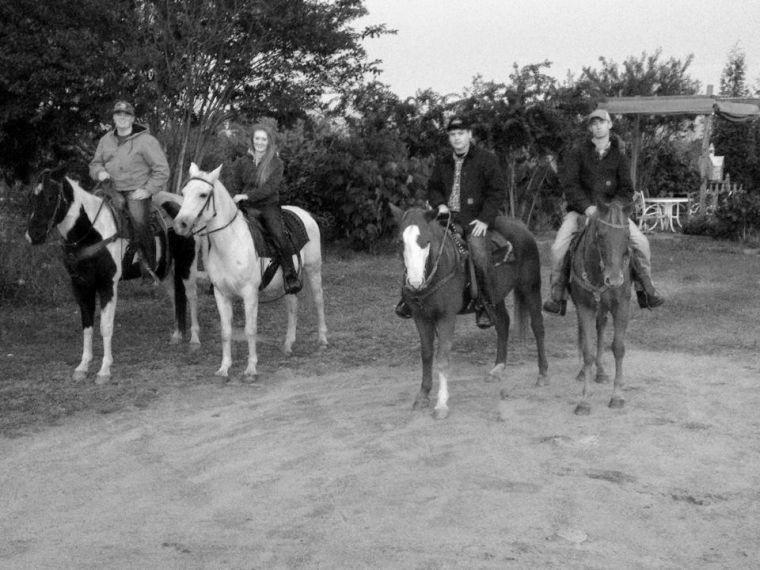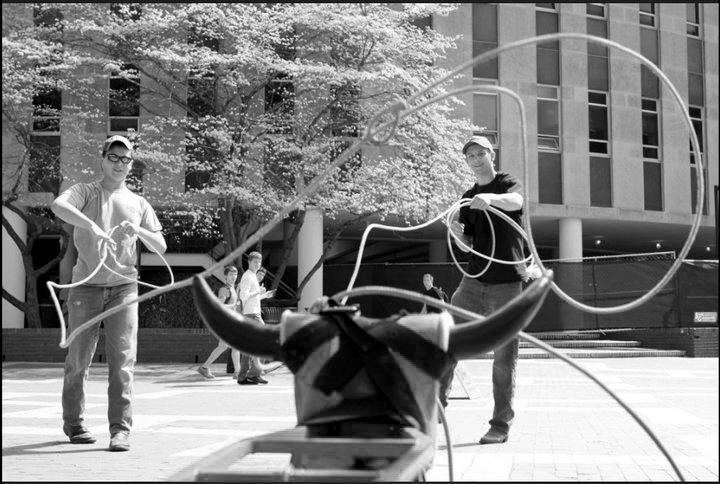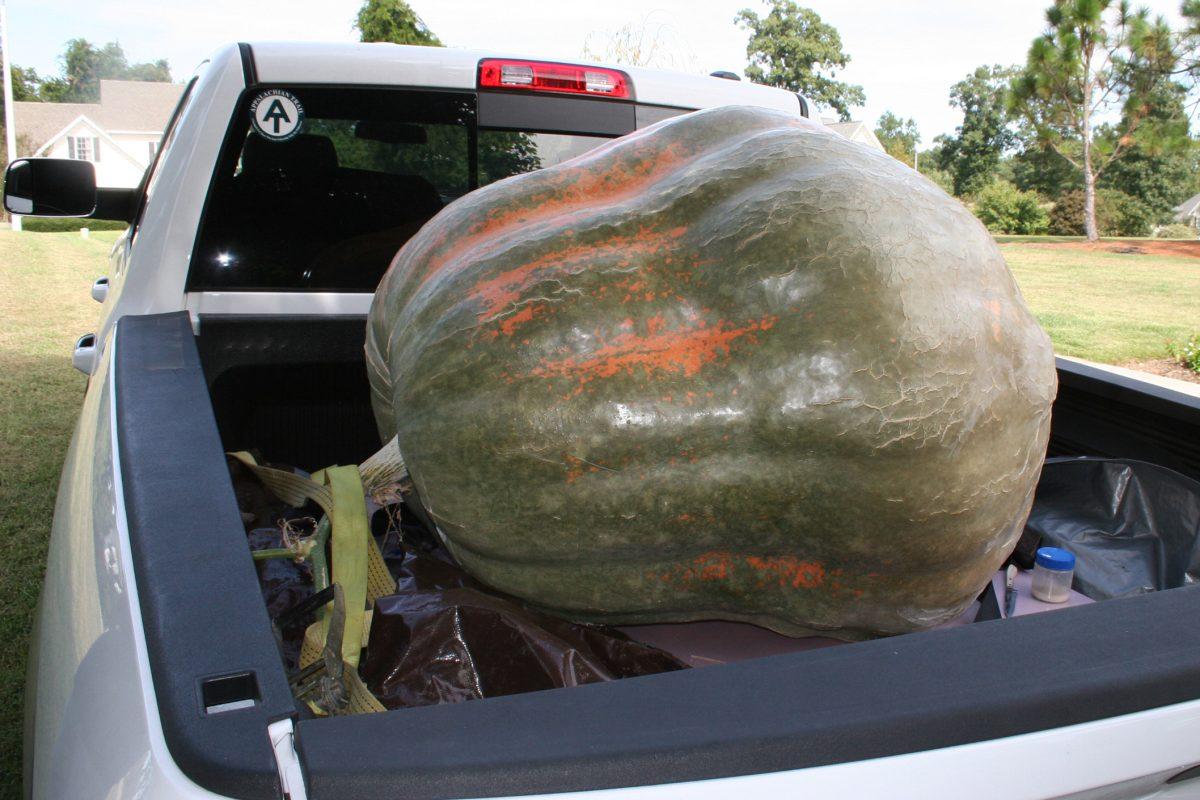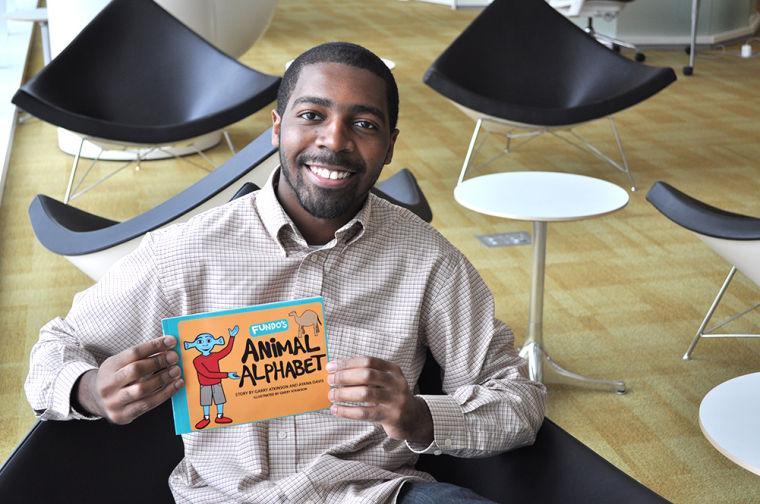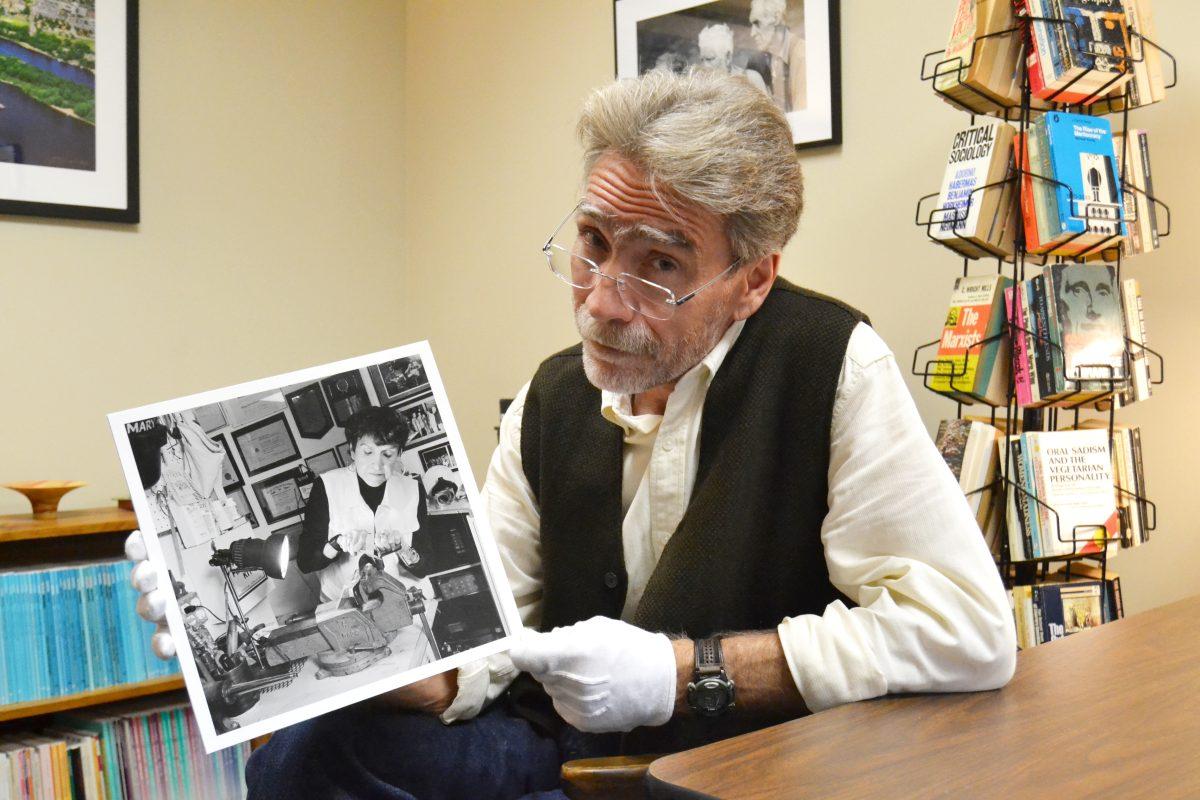The N.C. State Rodeo Club will participate in the National Intercollegiate Rodeo Association competition this year, making N.C. State the first school on the East Coast to do so.
The team plans to travel to 10 intercollegiate competitions throughout the school year to try its skills at a variety of traditional rodeo events.
Olivia Wedegaertner, a sophomore in statistics and animal science who represents the AgriLife Council, said the club practices for events such as barrel racing, steer roping, calf roping, bull riding, saddle bronc riding, team roping and goat tying.
“The girls are mainly barrel racers right now—we’ve got one girl that does the goat tying, and I think she also does some roping,” said Gracie Lester, a junior in agricultural business management and the president of the rodeo club. “We’ve got some very talented ropers in our club—very, very talented ropers—and some bull riders as well.”
Lester and Wedegaertner both specialize in barrel racing, a horse race around barrels in a pre-set cloverleaf pattern. If the rider knocks over one of the barrels, she gains five seconds onto her time.
“When you’re running 16- to 18-second times, five seconds is a pretty big deal, so you don’t want to knock over barrels,” Wedegaertner said.
However, both women said they were interested in participating in other events as well.
“Everybody is pretty much going to learn what everybody else knows,” Lester said.
Hunter Nelson, a senior in ornamentals and landscape technology, is the club’s bull-riding specialist.
Nelson said he was 12 or 13 years old when he rode his first steer and 16 when he rode his first bull, which he did just to try something crazy.
“It’s just that adrenaline rush,” Nelson said. “Eight seconds of pure hell.”
The bull riders are judged on how many turns they can get the bull to hit, how high the bull jumps, how much the bull’s back legs come up and how much the bull’s front legs twist. The riders also cannot touch the bull with their right hands.
“You compete in eight seconds, and your score is based on your performance and the bull’s performance and how well you perform as a team,” Nelson said.
The school bull riders do take precautions, as they make sure they are wearing safety vests and “run like hell,” as Nelson put it, when they fall off. There are also bullfighters in the arena who cover injured riders.
Lester said about half the club participants had grown up practicing rodeo events, and some members of the club even hope to become professionals. Two of the members are fifth-generation cowboys.
“We have kids that have grown up doing it,” Lester said. “Their parents did it, and then they came knowing they want to do it for the rest of their lives, and being able to do it in college is a huge thing for them, so we’re really fortunate we’re able to get this up and running this year.”
About half of the club members, on the other hand, are completely new to the sport.
“There’s a lot of people who have never been up close to any type of rodeo stock or horses or anything, and we’re welcoming, and we want to teach them anything they want to know, and we’ll even get them up on a horse if they come over,” Lester said.
The team has some “dead-broke” horses, according to Lester, that everybody shares and newcomers may use. If a participant really wishes to compete, however, he or she should bring his or her own horse.
The club meets every other Monday and will meet today at 7:30 p.m. in Riddick 450. There is free food and roping practice afterward, to which anyone is welcome to attend. The club travels to a couple of different arenas to practice basic skills, and the guys of the club go to Goldston to ride bulls and rope on Tuesday nights.
“Our goal this year is just to get our name out there, and then in the next years to come get better and get more competitive with other schools,” Wedegaertner said.
Brandon Roper and Josh Lasher rope a fake bull on Ag Awareness Day in the brickyard to represent the Rodeo Club.


